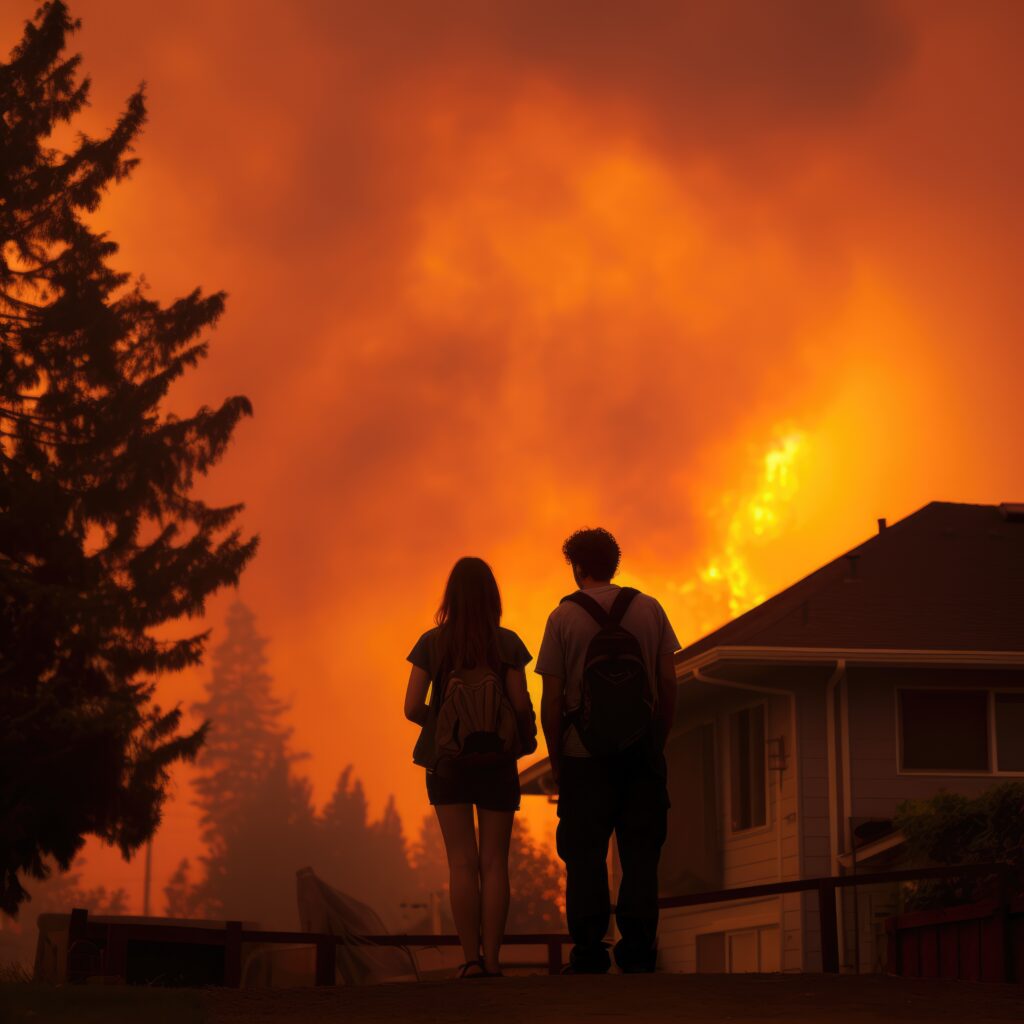Wildfires in California: Hollywood’s Burning Legacy
California, with its iconic landscapes, dense forests, and sprawling urban spaces, has long been synonymous with beauty, wealth, and cinematic allure. However, the state has also become a focal point for one of the most devastating natural disasters of the modern era: wildfires. These fires, fueled by a mix of dry conditions, extreme weather, and human activity, have wreaked havoc on both the natural environment and urban centers. Hollywood, the heart of the entertainment world, has not been immune to the devastating impacts of wildfires, with the famous hills, landmarks, and homes of the wealthy and powerful often caught in the flames. This dual narrative—one of natural destruction and the cultural significance of fire in Hollywood—illustrates the magnitude of the problem facing California today.
A Long History of Wildfires…
California has a long history of wildfires, with some records dating back to the 1800s. However, the frequency and severity of these fires have increased dramatically over the past several decades. According to the California Department of Forestry and Fire Protection (CAL FIRE), more than 2.5 million acres of land burned in 2020 alone, one of the most devastating years on record. The fires have become more frequent and more intense, often reaching urban areas and affecting millions of residents.
There are several reasons for this increase in wildfires. One of the primary factors is the changing climate. Rising temperatures, prolonged droughts, and unpredictable weather patterns have created the perfect conditions for wildfires to thrive. California, with its Mediterranean climate of hot, dry summers and mild, wet winters, has always been prone to fires. However, the combination of higher temperatures and extended periods of drought in recent years has created a tinderbox, where even a small spark can lead to a catastrophic blaze.
Human Activity and Urban Development
Human activity has also played a significant role in the increased frequency of wildfires. Urban sprawl in California has led to the development of homes and businesses in what is known as the “wildland-urban interface” (WUI), where forested or brush-covered areas meet residential neighborhoods. These areas are especially vulnerable to fire, as the dry vegetation surrounding homes can easily ignite, spreading flames rapidly into urban areas. The increasing number of people living in these high-risk zones has made the consequences of fires more devastating. As more people live near forests and open spaces, the potential for fires to reach these urban centers increases.
Moreover, human negligence—such as campfires left unattended, discarded cigarette butts, and power lines sparking in high winds—continues to be a significant cause of wildfires. While lightning strikes are responsible for some fires, human activity accounts for a large proportion of wildfires, especially in the densely populated areas of California.
The Economic and Environmental Impact
Wildfires in California are not just a threat to human life but also to the state’s economy and environment. The destruction of thousands of homes, businesses, and infrastructure has a profound financial impact. In 2020, the cost of damages caused by wildfires in California exceeded $12 billion, a staggering sum that does not include the long-term costs of rebuilding communities and caring for displaced residents.
The environmental consequences of wildfires are also severe. Fires devastate ecosystems, destroying forests, wildlife habitats, and plant species that may take decades or even centuries to recover. The destruction of forests exacerbates climate change, as trees play a critical role in carbon sequestration, absorbing carbon dioxide from the atmosphere. When these trees are burned, that carbon is released back into the atmosphere, contributing to the cycle of global warming and extreme weather patterns.
Hollywood: A Symbol of California’s Beauty and Wealth
Inextricably tied to California’s identity is Hollywood, the global entertainment capital that represents wealth, fame, and glamour. The Hollywood sign, perched atop the Los Angeles hills, is one of the most recognizable symbols in the world. It embodies the allure of the California dream, the idea that anything is possible in this sunny, sprawling state. However, the Hollywood hills, surrounded by dense brush and dry vegetation, are also incredibly vulnerable to the ravages of wildfire.
Hollywood is no stranger to the destructive power of fire. Over the years, wildfires have come dangerously close to iconic landmarks, celebrity homes, and the studios where movies and television shows are made. In 2007, the Griffith Park fire, one of the largest fires in Los Angeles history, came alarmingly close to the Hollywood sign. The fire was a stark reminder that even the glitzy, glamorous world of Hollywood is not immune to the wrath of nature.
The city’s proximity to wildfire-prone areas means that the threat is ever-present. In recent years, fires such as the 2019 Saddle Ridge fire and the 2020 Bobcat fire have come alarmingly close to Hollywood’s residential areas, with celebrities like Kim Kardashian, Caitlyn Jenner, and many others forced to evacuate their multi-million-dollar homes. In fact, these fires often bring a personal dimension to the wildfire crisis, as people who are used to being in the spotlight find themselves facing the same dangers and hardships as other residents of California.
Cultural Implications of Hollywood’s Fires
The images of the Hollywood sign partially obscured by smoke or engulfed in flames have become powerful symbols of California’s ongoing struggle with wildfires. These fires are not just natural disasters; they have cultural implications that resonate across the globe. The media coverage of celebrities fleeing their homes or the destruction of iconic properties like the Hollywood Bowl serves to reinforce the connection between California’s wildfires and the broader narrative of the environmental crisis.
For Hollywood, wildfires represent more than just a localized disaster. They serve as a reminder of the fragility of the industry’s existence, the impermanence of fame, and the reality of living in a state where natural forces can upend the status quo at any moment. The Hollywood hills and surrounding areas are part of the landscape that has been featured in countless movies, television shows, and documentaries, often portraying California as a place of endless opportunity and beauty. Wildfires, in this sense, serve as an abrupt counterpoint to the glossy portrayal of California as a paradise.
The Need for Change
As wildfires continue to devastate California, there is an urgent need for reform in how the state approaches fire management, urban planning, and climate change. Strategies for wildfire prevention and mitigation must evolve to address the growing threat. This includes better land management practices, creating defensible spaces around homes, improving building codes, and investing in technologies like fire-resistant materials. The state must also take aggressive action on climate change, including reducing greenhouse gas emissions, to help mitigate the long-term effects of rising temperatures and prolonged droughts.
Moreover, as California’s urban population continues to grow, it is critical to rethink development in fire-prone areas. Balancing the desire for expansion with the need for environmental sustainability is crucial to reducing the risk to human life and property.
Wildfires in California, particularly in the Hollywood area, represent the intersection of natural disaster, environmental degradation, and cultural symbolism. These fires have left an indelible mark on California’s landscape and its psyche. They are a reminder that no place, no matter how glamorous or wealthy, is immune to the forces of nature. As California continues to grapple with the dual challenges of wildfire management and climate change, it is clear that both the state’s future and Hollywood’s iconic status are at risk. The time to act is now, before the next fire burns brighter than before.



